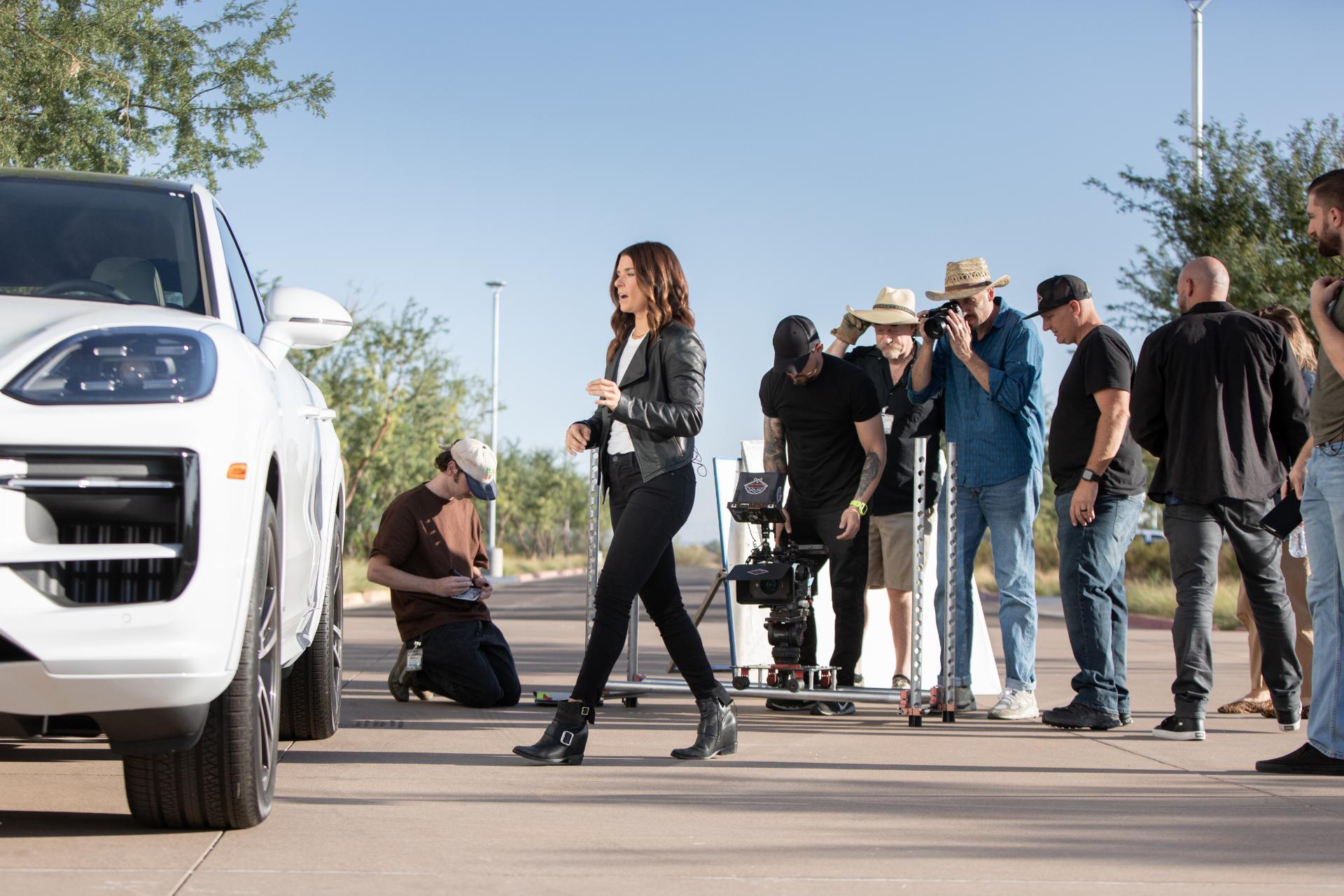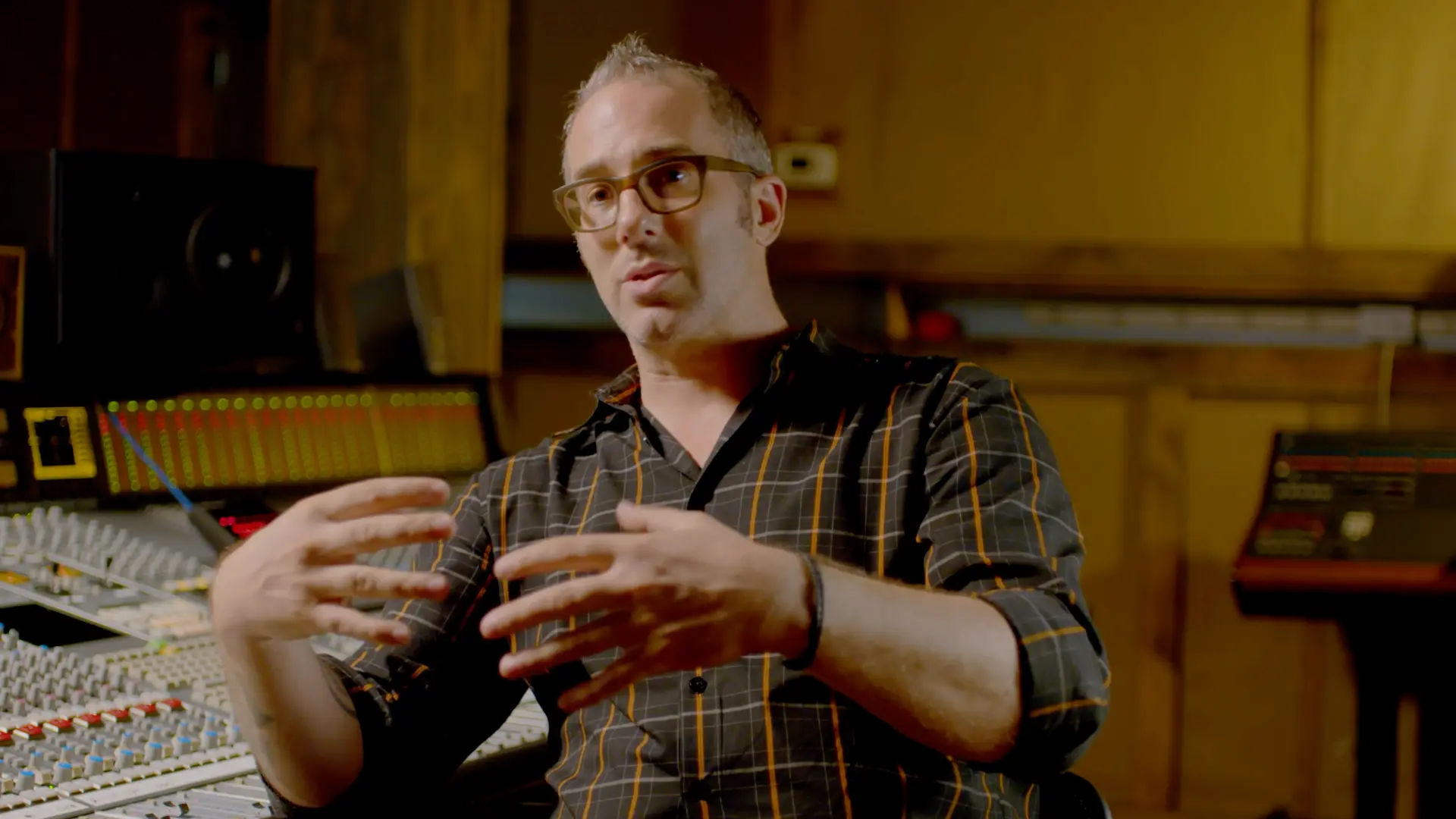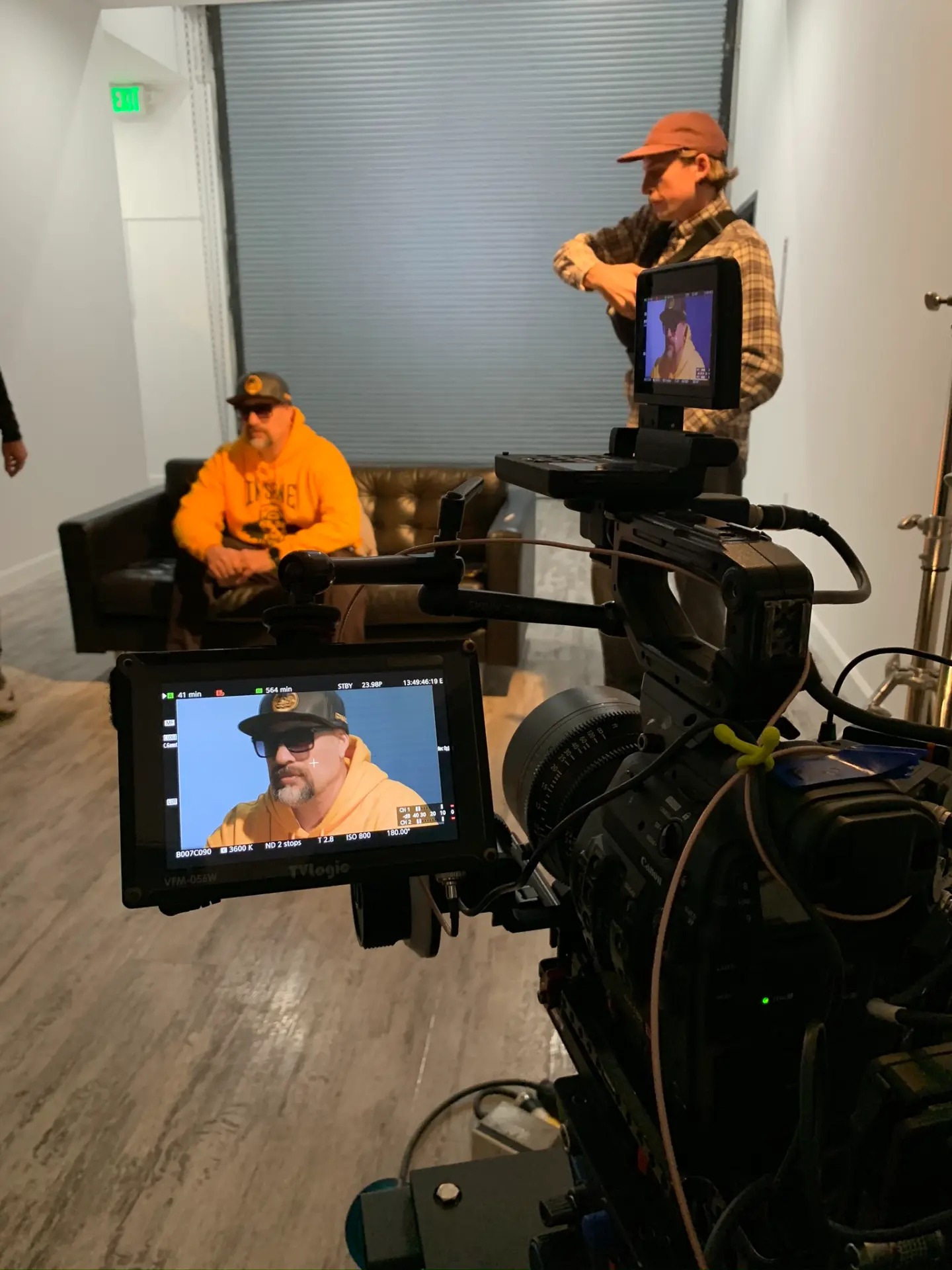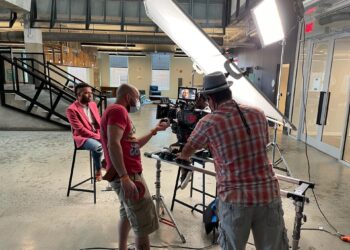How to Plan a Successful Video Shoot: Essential Steps and Checklist
The right video takes planning. The lack of a guiding system in place means that even the greatest creative ideas are left to their own devices when it comes time for action. If you’re aiming for your final video project to be polished, entertaining, and professional, then a good checklist is in order.
Whether you’re producing a video to promote your business, an online ad, a product explainer, or a social media post, this guide will show you both the basic and advanced techniques of Video production: Planning and Filming.
Why Planning a Video Shoot is Important
However, first, discover why planning is essential when learning to plan your next great video. There are many moving parts to video production, including scripts, storyboards, talent, crew members, filming equipment, travel locations, and crew schedules. Without a plan (or with the wrong one), you could end up wasting time correcting avoidable mistakes.
With an internet video production checklist, you will have the ability to:
- Get (and stay) super organized and on track.
- By all means, don’t wait until the last minute, and never cancel at the last minute.
- The opportunity to cut costs by using resources mindfully.
- Promote good lines of communication between players.
- Bring the product, service, or experience in your head to life.
 Step-by-Step Guide: How to Plan a Successful Video Shoot
Step-by-Step Guide: How to Plan a Successful Video Shoot
Let’s explore a systematic approach to preparing for a professional video shoot.
Video is an essential format in the modern digital world. Whether it is promotional, educational, or entertaining, a quality video captures attention and communicates your message. However, what you might not realize behind successful content like this is that it is a highly planned-out video production. Below, I will guide you through the major parts and stages of planning a video shoot, along with a comprehensive video production planning checklist that ensures your project runs smoothly (or even more smoothly) than it might without this guide.
Understanding video production: planning and shooting form the basis of good results. There’s more to this than simply pointing a camera and hitting record. It’s about strategizing, organizing, and executing a vision.
Phase 1: Pre-Production –
Pre-video production is where you lay the groundwork for creating a video. It is where the seed of an idea is planted, and any issues are ironed out long before things can get costly on a shoot. And trust me, a video production planning checklist this solid will save you time and money in the long run.
-
Define Your Objective and Target Audience
First of all, what is this video trying to accomplish? Whatever you want to achieve will determine everything when planning your video production.
Well, then, who are you trying to appeal to? It’s beneficial to know your audience (who they are, what they like, and how they consume content). This insight will inform the manner, tone, and location of your video. This first step is an important planning aspect when arranging a video shoot.
-
Develop Your Core Message and Story
What’s one thing you wish your audience to take away from the video? Keep it concise and impactful. Base a good story around your message. After you have developed your message, create a story that supports it. For tutorial videos, a story can even add a little spice to the clip. It’s a vital part of the video production planning process.
-
Budget Allocation
A realistic budget is so important when planning your video production. What you have to spend will limit what you can shoot, including gear, crew, and locations available to you. List out expenses for pre-production, production, and post-production. And always over-allow for unexpected expenses. Properly managing the budget is a crucial aspect of planning a successful video shoot.
-
Scriptwriting and Storyboarding
This is where that game that you’re thinking of really starts to take shape.
- Scripting: You will first need to develop a full script (complete with dialogue, voice-overs, actions, and scene descriptions). Decent scripting means consistency and clarity. Use the script as a guide when planning and shooting video production.
- Storyboarding: A storyboard is a graphic representation of your film’s script that illustrates each planned shot, sometimes including a crude drawing, as well as notes about camera placement and movement. That was something you could use as a guide to understand how your (basically unedited but hopefully good enough) video was flowing, and share with your team to help them understand as well. Storyboarding is a key focus in many video shoot planning examples.
-
Shot List Creation
Draft a complete shot list from your script and storyboard. On it are listed all the shots you need to take, such as:
- Scene number
- Type of shot (e.g., long, close up)
- Camera angle and motion
- Props and various Actors
- Location
- Director or cameraman notes
-
Location Scouting and Permits
The perfect setting can significantly enhance the look and narrative of your video. Scour for opportunities that meet your vision and budget. Again, consider how lighting will impact your recording, sound quality, and accessibility — as well as what potential distractions may arise. If you’re shooting in public or on private premises, obtain those permits and releases well in advance. This is the first step in planning a successful video shoot.
-
Talent Casting and Crew Assembly
- Talent: Whether they’re actors or representatives from your company, ensuring the people on camera live and breathe your message will ultimately connect with your intended audience. Conduct auditions if necessary.
- Workforce: Call upon a talented workforce. Depending on the size of your project, this could include a director, cameraperson, sound recordist, lighting technician, production assistant, and makeup artist. Both positions are crucial to successful video production: pre-production and shooting.
-
Equipment Rental and Preparation
List all of the equipment you’ll need, such as cameras, lenses, tripods, lighting kits, microphones, audio recorders, gimbals, and drones, and any accessories or other gear that would be required. If you don’t have the gear, consider renting it or arranging for delivery in time for your shoot day. Inspect everything to ensure that it’s all in good working condition. This is probably one of the most important pieces to have on your video production planning checklist.
-
Scheduling and Logistics
Develop a production schedule that includes the times and locations where footage will be captured each day. Consider travel, setup, and downtime, as well as potential lag time. Verify whether or not the cast and crew are informed about their schedules. Logistic elements, such as catering, transport, and accommodation (where applicable), also fall into this category. To create an effective video production plan, you need to have a well-prepared list. For more details on how to make a video production plan, contact us on our website.
Phase 2: Production –
With the production, you finally get to see every bit of that hard work spent on video production planning pay off. This is what shooting looks like. A lot of it, for instance, depends on the smooth execution, which in turn depends on good preparation and a clear communication pipeline.
-
Pre-Shoot Briefing
Gather your full cast and set for a briefing session before you start shooting. Review the script, storyboard, shot sheet, and schedule. Ensure that everyone has a clear role and understands their job responsibilities, as well as the overall vision for this video. This avoids any confusion and ensures that everyone is on the same page for video production planning, specifically when it comes to shooting.
-
Set Up and Lighting
Leave enough time to set up at your venue. That means setting the stage with props, camera mounts, and, most importantly, the lighting. That means great lighting can make your second pop, so take a few seconds to sculpt your light correctly, considering both natural light and artificial lights, and how they work together. The right preparation is key to planning a successful video shoot.
-
Sound Recording
Audio is as significant as the visuals. Use microphones that are appropriate for your environment and subjects. Carefully adjust the sound volumes to minimize distortion or noise. Do sound checks before every take. Great sound for video production is a must-have, and your checklist should include tips to help you capture the best possible sound.
-
Filming – Capture Your Shots
Follow your shot list meticulously.
- Shoot for the edit: Get multiple takes of every shot to allow you options in editing.
- Change angles: Use a combination of wide-angle, medium, and close-up shots to add variety and depth to your footage.
- Pick up B-roll: Remember to use additional footage (B-roll) – including cutaway shots, establishing shots, close-ups, and general atmosphere shots. Then you can almost guarantee that your story will be more flavorful in the editing room.
- Keep an eye on performances: If you’re working with talent, guide their performances to ensure they match your script and vision.
- Continuity: Ensure that everything remains as continuous as possible. This can be trickier, depending on whether you are filming out of order or not. Ensure that proper attire, props, and positions remain consistent from shot to shot and from scene to scene. This is an essential part of video creation: shooting and planning.
-
Data Management and Backups
Let’s start with the fact that after you have footage, the right data management strategy is key. Copy footage onto a few hard drives and back them up. Name your files and folders with a: Clear name, that b: Is used consistently. The last thing you need is to lose footage due to mishandling of the data.
-
Wrap Up and Equipment Breakdown
After each day or project’s filming, store all gear safely. And make sure to leave no trash, and take all gear back in good condition. This templated approach is one way to make a video production plan effective.
Phase 3: Post-Production –
The magic really happens in post. Your own video clips become a powerful, effective drag-and-drop style video! This stage also demands meticulous planning in video production.
-
Video Editing
- Ingest and Organize: Load all footage into your editing system in the correct order.
- Rough Cut: Create a rough cut to arrange shots on the timeline based on your script and storyboard. Focus on the narrative flow.
- Fine Cut: Tighten up timing, pacing, and transitions. Add B-roll to liven up your visual storytelling.
- Color Correction/Grading: Match shots and apply correction for a professional look. You can also create specific moods in color grading.
- VFX: Includes whatever additional visual effects and motion graphics you want to include in your video.
-
Sound Design and Audio Mixing
- Clean up Dialogue: Remove ambient noise from your dialogue tracks.
- SFX: It lets you attach sound effects from your library to action and ambience.
- Music: Choose suitable background music that reflects the mood and message of your video. Ensure you obtain the correct licenses.
- Audio Mixing: The levels of all audio elements, including dialogue, music, and effects, are carefully balanced to achieve an integrated and professional audio experience. Good audio is key to learning how to plan a successful video shoot.
-
Graphics and Titles
Make professional-looking opening titles, intro screens, lower thirds (for names and information), and closing credits. Branding consistency and easy typography are important. This enhances the professionalism emphasized when envisioning a successful video recording environment.
-
Review and Feedback
Send your edited video to decision-makers for evaluation. Be receptive to feedback and prepared to make adjustments. That’s what the creative process is all about — iterating. This review mentality is what you should aim for when figuring out how to make a video.
-
Export and Delivery
Once it’s done, export your video in the format and resolution you need for the platforms where you plan to share it (e.g., YouTube, Vimeo, social media pages, website). The file sizes are optimized for quick loading and playback. That’s your video production checklist.
Conclusion: Why Planning Matters in Video Production
Knowing how to plan out your videos and shoots properly is what makes the difference in good-looking, professional footage. A carefully prepared video production planning checklist, script writing, crew selection, and equipment setup are vital to ensure that you avoid costly mistakes and deliver exactly what you need. When it comes to filming, whether for a corporate film, social media video, or commercial, planning can help prevent the process from becoming hectic.
Here at Team Unity Media, we understand the need for video production to be easy on you and look great. As film production veterans, we have years of combined experience producing videos, from planning and shooting to post-production. From concept to final cut, Team Unity Media ensures your project is handled with the utmost creativity and care. If you are ready to bring your video ideas to life, let Team Unity Media guide you with the right video production checklist and expertise.
 FAQs –
FAQs –
Q1. How can we plan for shooting a video?
A1. Define the purpose of your video. It has to be clear whether it’s for promotion, education, branding, or entertainment. This clarity informs the rest of the planning process.
Q2. How to plan a video production?
A2. Make a plan, write a script, prepare a storyboard, and decide on your budget (spend as much money as you can on weed). Scout the best location (or locations), round up some help, and schedule the filming. It is essential to have a backup plan in place in case of an emergency.
Q3. What is a video production checklist?
A3. A good checklist includes objectives, audience, script, storyboard (or an equivalent), crew and equipment, budget (or available resources of all kinds), locations where you will shoot, and post-production editing. It helps you stay organized.
Q4. How to decide where to shoot?
A4. Select a location that effectively illustrates the point of your video. Outdoor spaces yield natural light but can introduce new versions of the elements, as well as noise.
Q5. What is the importance of post-production in a video shoot?
A5. Post-production refines your video. That includes editing, sound design, color correction, and graphics. This is a step that enables your video to appear as professional and polished as possible before its launch.



